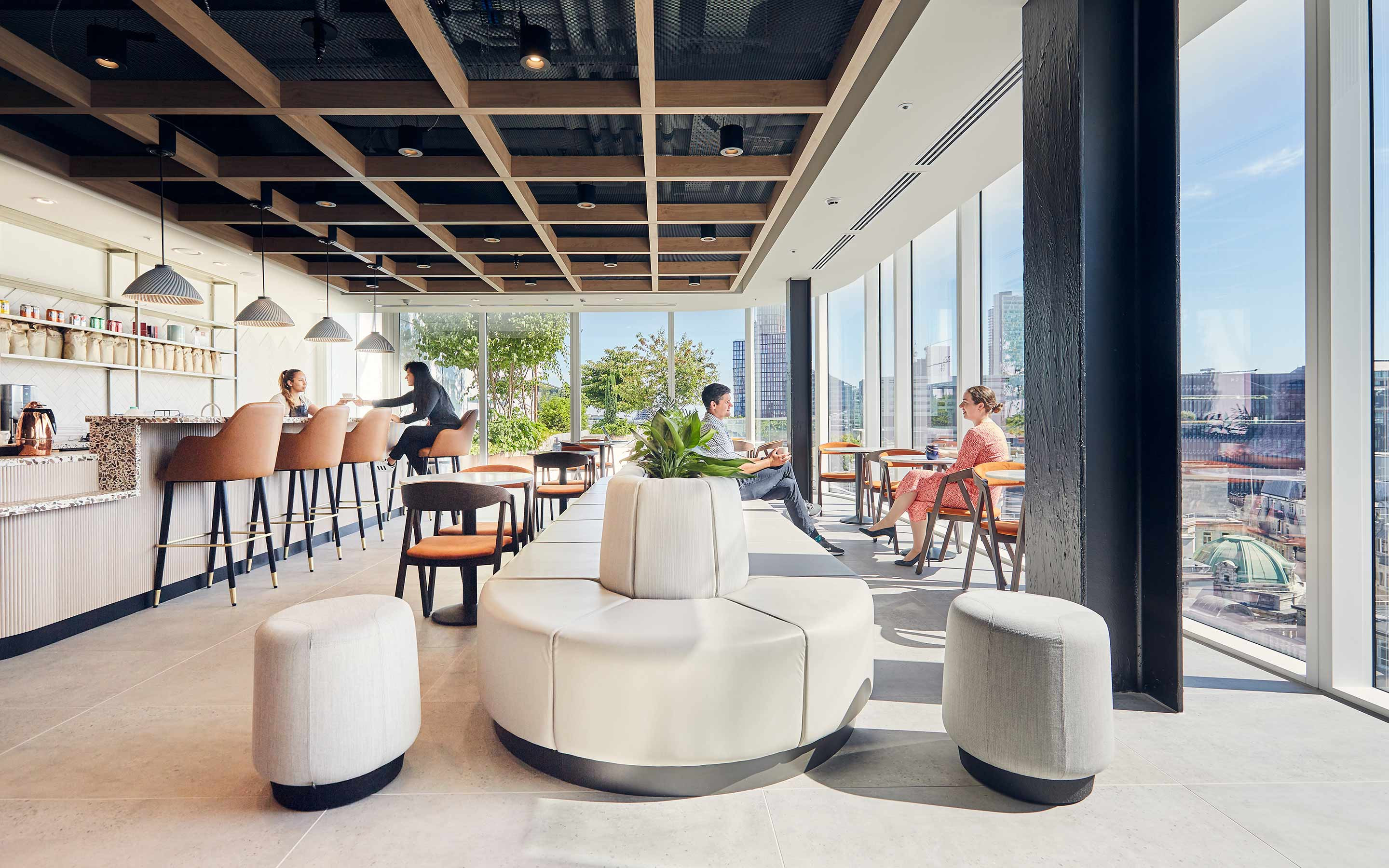How to communicate an office relocation to your employees
Discover strategies to effectively communicate an office relocation to employees. Learn how to keep your...



Discover strategies to effectively communicate an office relocation to employees. Learn how to keep your...

Explore 10 creative office design ideas to boost creativity in the workplace and learn how to create...

Our latest research looks into the best UK and London locations for work-life balance and the most searched...

Explore the top 5 office design trends for 2025 and learn how to create purposeful, future-ready workspaces...

Cat A, Cat B and Cat C office fit outs are tailored to your business’s needs and goals. Find out which one...

As the Peldon Rose Landlord team celebrates its five-year anniversary, we’re reflecting on the remarkable...

Streamline your office move with our complete relocation guide — checklists, expert tips, and step-by-step...

Learn strategies for creating an inclusive workplace in our guide to inclusive office design

Learn all about workplace engagement, including the benefits of an engaging workplace and strategies for...

Workplace Consultant, Sameeha Joshi, explores the importance of supporting wellbeing in the workplace...

XTX Markets and Peldon Rose came together at this year’s UK edition of the International Property Awards to...

Peldon Rose are recognised as one of the 2024 UK's Best Workplaces Construction, Engineering & Property by...

Your workplace holds enormous potential to improve your business performance. Get in touch today, and we will unlock that potential together.